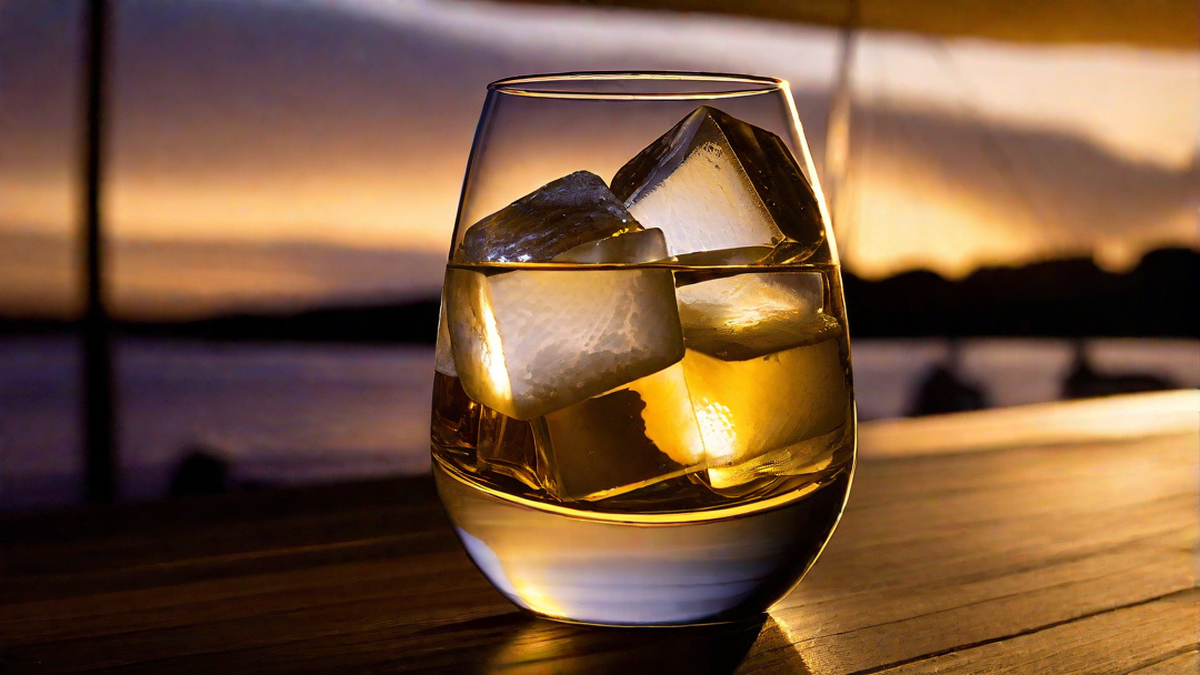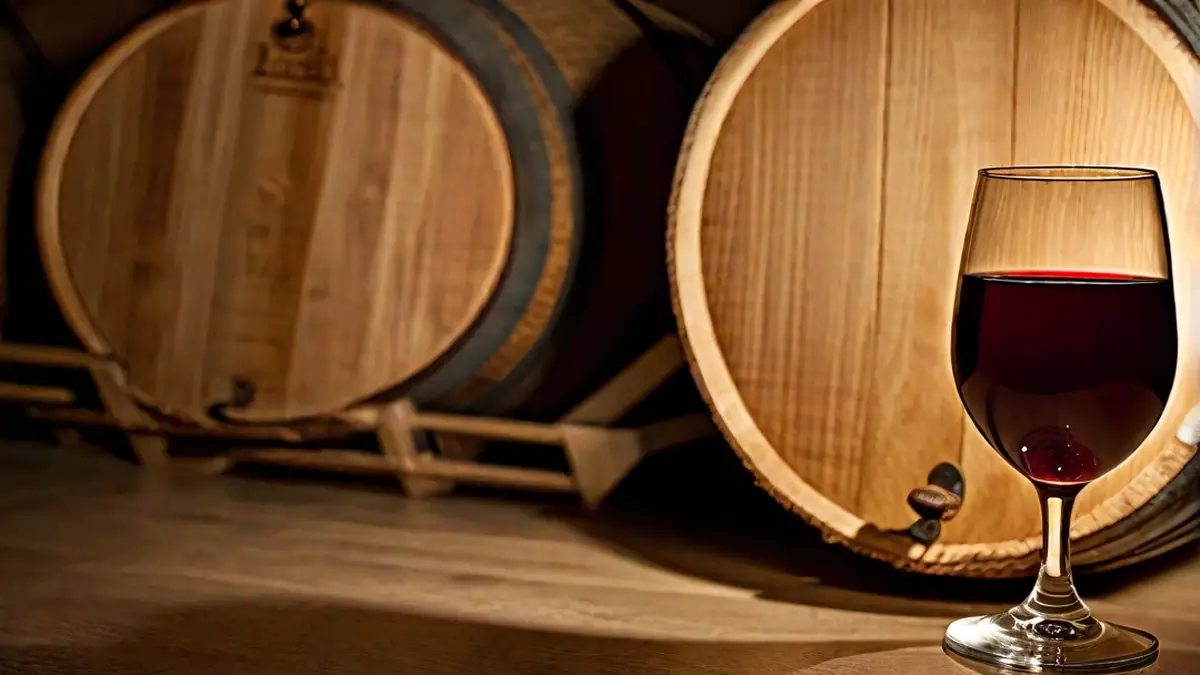Uncorking a bottle of champagne is consistently a thrilling event, though it may sometimes cause a bit of anxiety. Throughout the years, I’ve encountered numerous champagne mishaps and lost effervescence, but I’ve gradually accumulated several techniques to refine the uncorking process. Whether you’re marking a significant milestone or simply in the mood for some sparkling wine, learning how to proficiently open a bottle of champagne without any spillage is an essential expertise. Now, let’s explore the intricacies of this enjoyable activity.
Gathering the Tools
Before you embark on your champagne opening adventure, it’s essential to gather the necessary tools. You’ll need a bottle of chilled champagne (of course), a clean kitchen towel, and most importantly, a good-quality champagne opener – also known as a champagne key or a sommelier knife. This special tool is designed to safely remove the cage and cork without creating a champagne fountain.
Preparing the Bottle
It’s crucial to handle the champagne bottle with care to avoid excessive fizz and potential spillage. Start by removing the foil and the wire cage from the top of the bottle. Use the towel to grip the cork and the neck of the bottle firmly – this will help keep the cork in place and prevent it from unexpectedly flying off.
Opening Technique
Insert the longer end of the champagne opener at a 45-degree angle under the wire loop of the cage. Gently twist the bottle rather than the opener to loosen the wire cage, and then carefully untwist and remove it. Hold the cork and the neck of the bottle with one hand and use the opener to twist the cork with the other. Slowly ease the cork out with a consistent, controlled motion, and ensure it doesn’t pop out abruptly.
Keeping It Classy
Once you’ve successfully removed the cork, resist the urge to let it fly. Instead, aim for a gentle sigh rather than a loud pop – this not only reduces the risk of spillage but also keeps the bubbles intact for a delightful effervescent experience. Pour the champagne into your glass at a slight angle to minimize foam, and savor the moment as the bubbles rise to the top.
Conclusion
Opening champagne can be a graceful and enjoyable experience when done with precision and finesse. By following these tips and practicing patience, you can savor every effervescent sip without the fear of spillage. So, whether you’re raising a toast or simply indulging in a glass of bubbly, remember that mastering the art of opening champagne enhances the entire experience. Cheers to celebrating life’s moments with elegance and poise!




